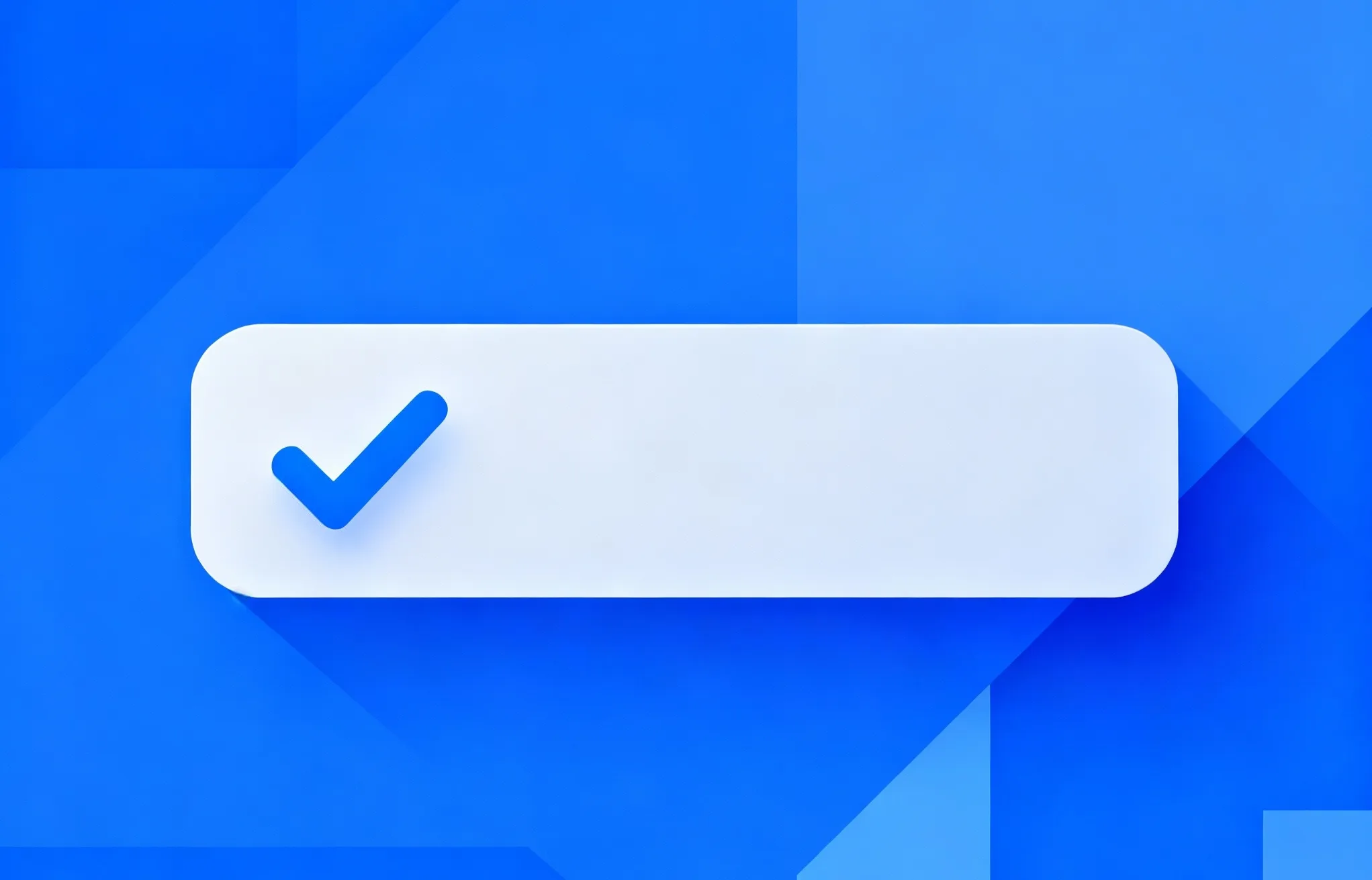A few years ago, a blue checkmark clearly proved that this is exactly the page of a person or organization whose name is indicated in the profile. But this is no longer the case, because each platform has its own verification system, scammers create fake checkmarks, and users get lost in the variety of icons.
The evolution of verification systems in social networks
The concept of verifying accounts on social networks originated on Twitter in 2009, when a critical number of fake celebrity profiles appeared on the platform. Initially, the blue checkmark served as a simple and clear indicator that the page actually belonged to the stated person or organization. The issuance of badges was strictly controlled by Twitter administrators, which ensured a high level of trust in verified accounts.
In subsequent years, other social networks adopted this practice: Facebook - in 2013, Instagram - in 2018, TikTok - in 2019. Although by that point the blue checkmark had already reflexively given active users accustomed to it on Twitter confidence in the flagged pages, each platform had developed its own criteria and procedures. This has led to the fact that verification symbols have different meanings on different social networks.
The situation worsened in 2022, when billionaire Elon Musk became the owner of Twitter. He not only renamed the social network X, but also reorganized the verification system: now the platform has simply become sell blue ticks. Some of Musk's competitors soon introduced similar changes. As a result, confusion began to arise among users, which is now regularly used by scammers and misinformers for their own purposes.
Main rule: A checkmark next to a name is not a reason for unconditional trust, and its absence is not a reason to decide that this is a fake profile!
Here's how verification systems work on major social networks in 2025.
Facebook, Instagram and Threads
The verification procedure on Meta platforms is one of the most stringent. Celebrities and organizations can receive a checkmark if they provide supporting documents and prove their fame (for example, through mentions in the media). Providing a badge on Facebook and Instagram used to be free, but recently it costs $12 per month depending on the region. Instagram account verification automatically extends to Threads.
What it looks like:
- a blue “medallion” with a white checkmark in the center (in a dark theme - with a black one) to the right of the name.

What does it mean:
- the profile owner provided Meta with supporting documents, and representatives of the corporation verified them.
What to pay attention to:
- there should be a check mark next to the username. If a similar symbol is only in the profile description, it is most likely a fake page;
- even if the checkbox is fine, check the profile description and content on the page. For example, on Instagram there is a user @france with a verification badge, and some accept him for the official "French account". In fact, judging by the description, it belongs to a hotel search application.
X (formerly Twitter)
Unlike other social networks, X has several types of checkmarks. Moreover, with the arrival of Musk, the meaning of the most familiar of them - blue - has changed the most. Criminals are actively taking advantage of the confusion - some pass off fan pages as real celebrity profiles, others even engage in fraud.
What it looks like and what it means:
- gold “medallion” with a check mark - corporate accounts;
- gray “medallion” with a tick - officials (for example, presidents), government bodies and international organizations;
- blue “medallion” with a check mark - subscribers who purchased a premium subscription or passed document verification (you can find out how the user received the verification badge by clicking on the check mark).
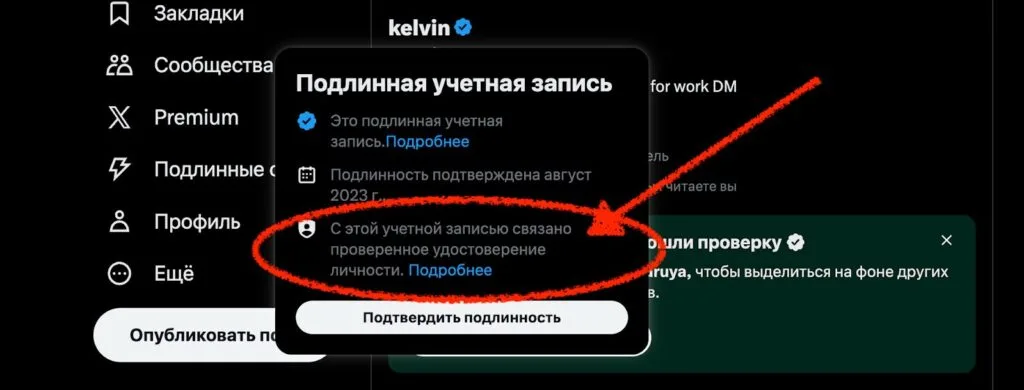
What to pay attention to:
- to the username and profile description. In April 2025, pro-Kremlin media distributed a screenshot of a meme about Vladimir Zelensky, which was allegedly published in X by the daughter of the US President Ivanka Trump. Although the author of the tweet had a verification badge, his username (@IvankaNews_) was different from his real profile (@IvankaTrump). Moreover, the description explicitly stated that the page was not associated with Trump's daughter.
Telegram
Like Meta, Telegram has a rather complicated verification process. To receive a checkmark, the user must either be verified in at least two other popular social networks (Facebook, Instagram, TikTok, YouTube, X, Snapchat or VKontakte), or have a page on Wikipedia (but there must be a link to the verified channel, chat or bot). When submitting an application for verification, the applicant will also need at least two links to publications in reputable media in which he is mentioned.
What does it look like:
- blue “medallion” with a white checkmark (in a dark theme - with a black one).
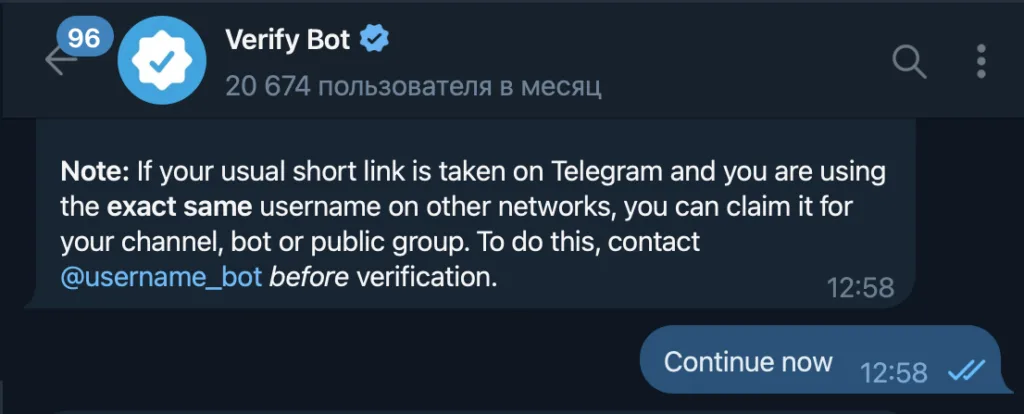
What does it mean:
- this is a verified channel of a department, organization or famous person, a verified bot or public group.
What to pay attention to:
- Telegram does not verify regular users;
- some channels may add a vaguely similar checkmark to their nicknames and thereby mislead other users.
"VKontakte"
Verification badges on VKontakte can also be treated with a high degree of trust - platform administrators issue them after verification, including requesting documents (they can be provided, for example, through the Russian service “Gosuslugi”).
What it looks like:
- a blue or gray checkmark to the right of the name - a page of a famous person or brand;
- blue crown - page of a company that has subscribed to a paid subscription;
- gray flag - page of a government agency.
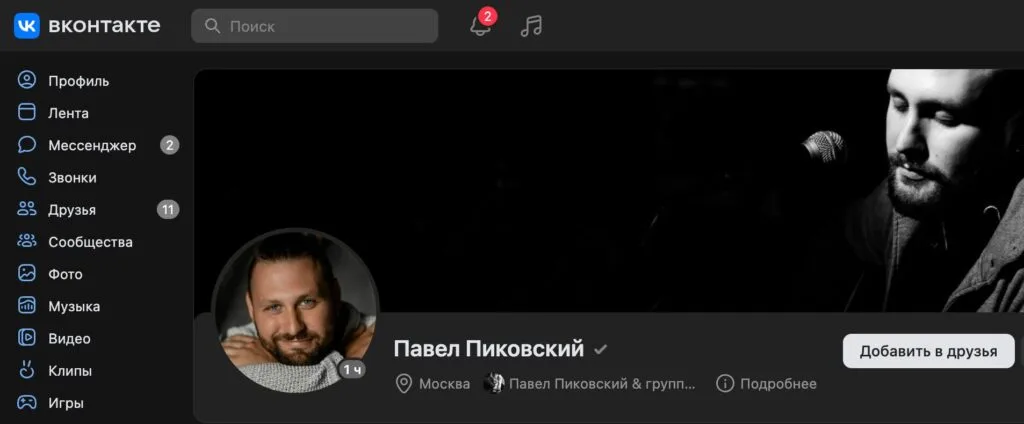
What does it mean:
- This is a verified profile of a famous person, company or organization. Gray verification icons indicate that the platform has verified the documents, blue ones indicate that the platform has verified the authenticity of the account in other ways.
What to pay attention to:
- if a user’s blue check mark disappears, this does not mean that the page’s owner has changed—the badge can be revoked if the blogger changes his profile name or does not post for 30 days.
YouTube
The application for verification is submitted by the channel owner himself; in general, this opportunity appears to him after gaining 100,000 subscribers. At the same time, the platform admits, that the rules for issuing ticks changed several times and different channels received them according to different criteria, but the main task remained unchanged - to distinguish real channels from channels with similar names.
What it looks like:
- YouTube checkmark or logo icon next to the channel name; musicians issue a special badge in the form of a note.
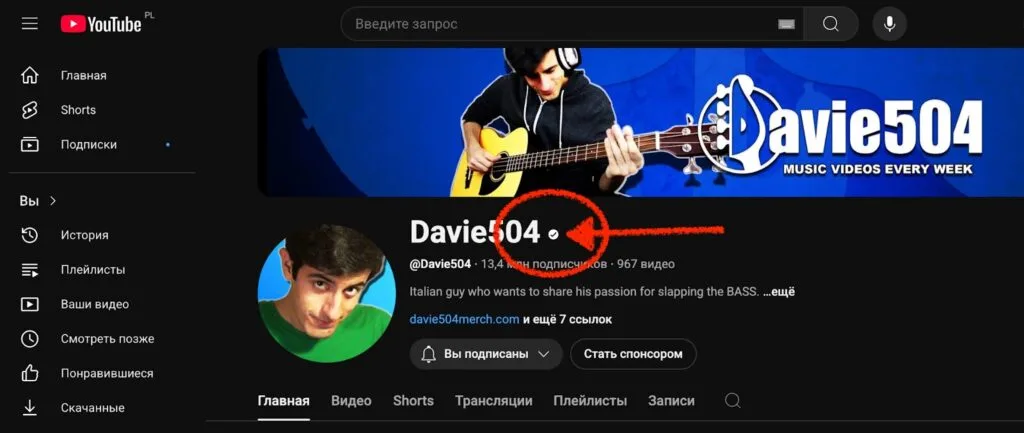
What does it mean:
- this is a verified channel of a blogger, artist, media, company or organization.
What to pay attention to:
- when the channel name is changed, the verification icon is revoked and the blogger needs to apply again;
- YouTube can also revoke a checkmark if a channel violates the platform's rules.
Unlike, for example, the social network X, the platform uses fundamentally different icons to verify and confirm a paid subscription. The user can only receive the checkmark if they provide the necessary documents.
What it looks like:
- a gray shield with a check mark to the right of the name.

What does it mean:
- this is a verified page of a user, company or organization.
What to pay attention to:
- The LinkedIn logo in the profile is only evidence that the owner of the page has signed up for a paid subscription or received it as part of a special program.
TikTok
What it looks like:
- a blue circle with a white check mark to the right of the name.

What does it mean:
- a blog actually belongs to a person or organization. With a number of TikTok restrictions verifies accounts of politicians, parties and government organizations.


